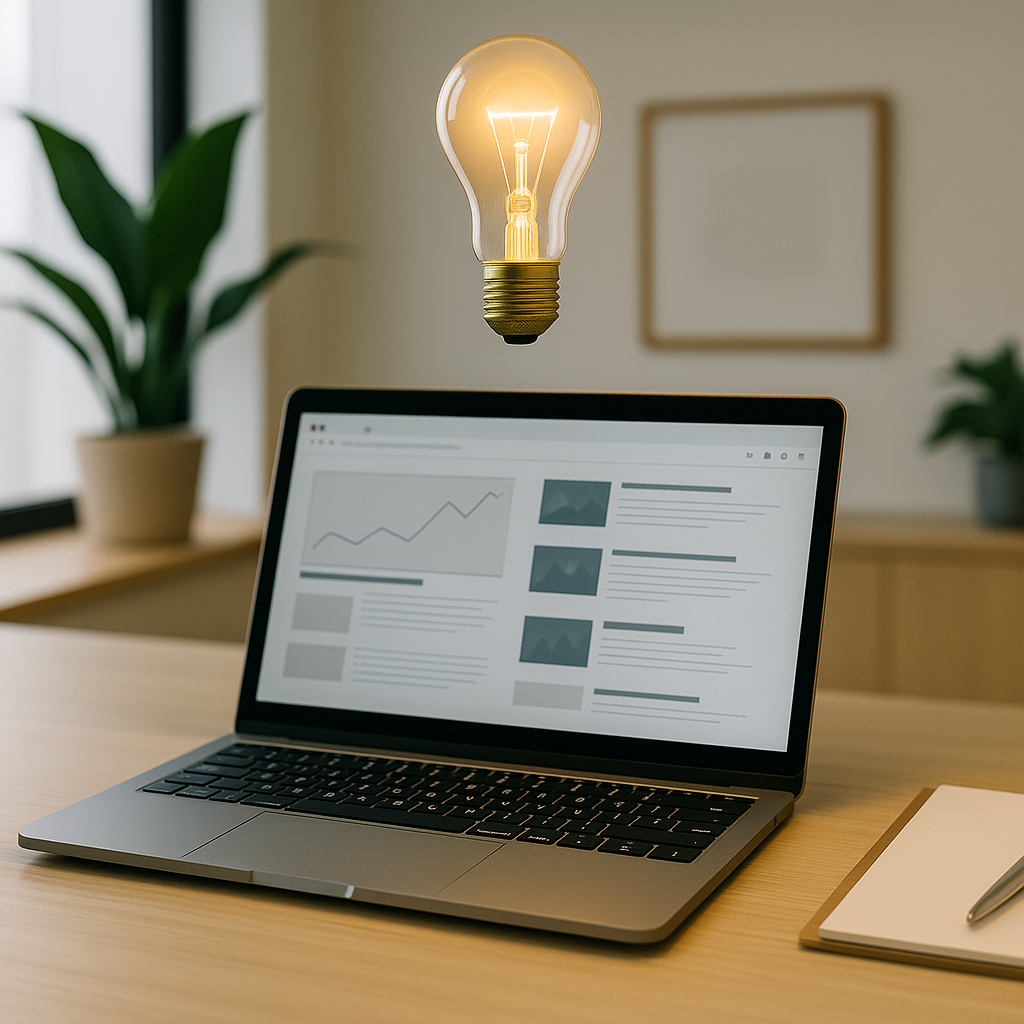Your cart is currently empty!

What types of content work best at the awareness stage?
•
Understanding the Awareness Stage
The awareness stage is the very first phase of the buyer’s journey. At this point, your potential customers are just beginning to realize they have a problem or need. They may not yet know your brand exists, and they’re certainly not ready to make a purchase. Instead, they’re searching for information, asking questions, and exploring their options.
This is where your content marketing strategy begins. The goal at this stage is to educate, inform, and build trust—not to sell. By providing valuable, relevant content, you can position your brand as a helpful resource and guide your audience toward the next stage of their journey.
Why Content Matters at the Awareness Stage
Content is the bridge between your brand and your audience. At the awareness stage, it plays a crucial role in:
- Building brand visibility: High-quality content helps your brand appear in search results and social feeds, increasing exposure.
- Establishing authority: Informative content positions your brand as a thought leader in your industry.
- Generating traffic: SEO-optimized content attracts organic visitors to your website.
- Starting the buyer journey: Content introduces your brand to potential customers and encourages them to learn more.
Without strong awareness content, your audience may never discover your brand—or worse, they may find your competitors first.
Top 10 Content Types That Work Best at the Awareness Stage
So, what types of content are most effective at this early stage? Here are the top 10 content formats that consistently perform well for awareness:
1. Blog Posts
Blog posts are a cornerstone of awareness content. They’re ideal for answering common questions, explaining concepts, and providing helpful tips. When optimized for long-tail keywords, blog content can drive significant organic traffic.
2. Educational Videos
Short, informative videos are highly engaging and easy to consume. They’re perfect for explaining complex topics in a visual format. Platforms like YouTube and TikTok can help expand your reach beyond your website.
3. Infographics
Infographics combine visuals and data to simplify complex information. They’re highly shareable on social media and can boost backlinks when other sites reference your graphic.
4. Social Media Content
Social platforms are where many users first encounter new brands. Use short posts, carousels, and reels to spark curiosity and drive traffic to your site.
5. Podcasts
Podcasts are a growing medium for thought leadership. Hosting or guesting on a podcast allows you to share insights and connect with niche audiences in a personal way.
6. Ebooks and Guides
Long-form downloadable content like ebooks or ultimate guides can establish authority and provide deep value. These are often gated, helping you collect email addresses for nurturing.
7. Webinars
Live or recorded webinars offer a chance to educate your audience in real time. They’re ideal for B2B brands looking to build trust and demonstrate expertise.
8. Checklists and Templates
Practical tools like checklists, templates, and worksheets help users take immediate action. They’re highly valuable and often bookmarked or shared.
9. Industry Reports and Statistics
Publishing original research or compiling industry data positions your brand as a credible source. These assets are often cited by other content creators, boosting your SEO.
10. Interactive Content
Quizzes, assessments, and calculators engage users while gathering data. They’re fun, personalized, and can guide users toward the next step in their journey.
What makes content effective at the awareness stage?
Not all content is created equal. To succeed at the awareness stage, your content should be:
- Educational: Focus on teaching, not selling.
- SEO-optimized: Use long-tail keywords your audience is searching for.
- Visually appealing: Use images, videos, and formatting to keep readers engaged.
- Shareable: Make it easy for users to share your content on social media.
- Value-driven: Provide actionable insights your audience can use immediately.
How to Create Effective Awareness Stage Content
Creating content for the awareness stage requires a strategic approach. Here’s how to do it right:
1. Know Your Audience
Start by understanding your ideal customer’s pain points, questions, and search behavior. Use tools like Google Search Console, AnswerThePublic, and Reddit to discover what your audience is asking.
2. Focus on Long-Tail Keywords
Target specific, low-competition keywords that reflect early-stage intent. For example, instead of ‘CRM software’, use ‘how to organize customer contacts’.
3. Choose the Right Format
Match your content format to your audience’s preferences. Visual learners may prefer videos or infographics, while others may prefer in-depth guides or podcasts.
4. Optimize for SEO and UX
Use clear headlines, meta descriptions, and internal linking. Make sure your content loads quickly and is mobile-friendly.
5. Promote Across Channels
Don’t rely on organic traffic alone. Share your content on social media, email newsletters, and relevant forums or communities.
How to Measure Awareness Content Success
At the awareness stage, success isn’t measured by sales—it’s about visibility and engagement. Key metrics include:
- Traffic volume: Are more people visiting your site?
- Time on page: Are users staying to read your content?
- Bounce rate: Are they leaving immediately or exploring more?
- Social shares: Is your content being shared or discussed?
- Backlinks: Are other sites referencing your content?
Use tools like Google Analytics, Ahrefs, and social media insights to track these metrics and refine your strategy.
Final Thoughts: Building Trust from the First Click
The awareness stage is your first opportunity to make a lasting impression. By creating helpful, engaging, and well-optimized content, you can attract the right audience and guide them toward becoming loyal customers. Remember, the goal isn’t to sell—it’s to serve. When you lead with value, trust naturally follows.
Leave a Reply